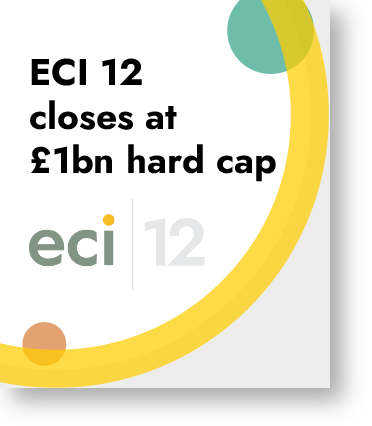Fiona Moore recently attended the BVCA ESG Forum. At a time when ESG and Responsible Investment is front of mind for private equity, Fiona looks at the key takeaways on how perspectives around ESG are changing for LPs and GPs.
1. Climate is the focus
Whist a broad range of ESG tracking is relevant, the clear focus of people in the room was about tackling the climate challenge. There are a number of reasons for this, primarily that it is the key challenge facing us as a planet, and the targets that are being set such as the 1.5 degree Celsius target from the Paris agreement require meaningful action to take place now if they are to be hit.
It is clear at a regulator level that they are expecting investors to take some responsibility for ensuring companies decarbonise. It is likely current regulations will broaden in scope across the asset management sector. Looking at regulation coming down the track such as the Corporate Sustainability Due Diligence Directive (CSDDD) highlights how regulators want investors to increasingly focus on the impact on climate rather than just disclosure.
Regulators are concerned that due to increased LP demand for Impact Investments that GPs may be incentivised to greenwash their investment activity. Regulation is therefore tightening with the EU Sustainable Finance Disclosure Regulation (SFDR) which provides a reporting framework and process for ESG labelling of funds so LPs can be confident in what they are being sold. To prevent this there is a much greater call for accurate data, and decarbonisation is a key area for LPs, being much easier to track and benchmark than data points in the S and G of ESG.
2. Data convergence will come
Every stakeholder in the room seemed to be aligned around simplifying ESG data. Each LP and GP having slightly different data requirements and no universal framework is holding the industry back. Not only is it taking an inordinate amount of time, but it’s making it harder for LPs to fairly assess impact and benchmark one fund to the next.
However, it’s not clear exactly what that framework will look like. ILPA’s data convergence project is one contender, with a framework designed by investors that will also be anonymised to create a benchmark. Others are signing up to Science Based Targets for carbon reduction especially for portfolio companies, whilst others are framing their own data reporting around the SFDR and the Task Force on Climate-Related Financial Disclosures (TCFD) framework. Invest Europe is soon launching its ESG Standards, which boils down to 70 requests, merging the main data requirements from EU and UK regulations as well as PRI and others.
Many GPs discussed how even once you know the data required, there is still the challenge of being able to extract it from portfolio companies, and what help can be provided there. Whilst there are multiple platforms on offer to help in this space, none seemed to be the clear winner.
So on data the answer still seems to be tbc, but there is industry-wide demand for data convergence so there’s little doubt alignment across GPs and LPs is coming, even if no one is quite yet sure of the form.
3. Target setting is crucial
The impact funds at the Forum highlighted that when assessing investments, the focus is on intentionality to achieve specific impact goals, and to do that you need good quality data and a clear aim. The same is true for all funds on the ESG journey, and ‘if it’s not measured it’s not happening’ was a refrain used throughout the day from both LPs and GPs.
As firms across the board look to show progress, there will be more demand for target setting rather than tracking so that milestones can be agreed upon and understood. A number of firms highlighted that they’re already using those targets as part of incentive allocation. As banks and insurers start to sign up to things like the Race to Zero, this incentivisation will be felt across the investment infrastructure.
This shift away from case studies is crucial to be able to hold yourself to account for what you looked to achieve at the start of an investment, but also is a much clearer benchmark for investors to assess in detail the impact on the climate across the portfolio. Target setting around areas like carbon intensity also means that progress isn’t negated by the fact that investors are (hopefully) investing in growing companies but still incentivises them to make progress.
There was consensus that target setting is something that needs to be done in collaboration with management teams, agreeing the milestones together at the start of the investment period to focus on the necessary actions to achieve them.
One theme was consistent throughout the Forum: whether it’s employees, management teams or investors, there is huge support for being able to set and achieve carbon reduction targets – these aren’t the same difficult conversations you might have been having ten years ago. The question is more focussed on how investors can best support its portfolio to help them achieve their own ESG ambitions.


